Growing champignons in the basement - from planting to grooming
Many unknowingly believe that growing mushrooms at home is a laborious activity that requires not only great efforts, but also considerable financial investments. Such a judgment is a great delusion. Breeding champignons, if following the simple rules for planting and keeping mycelium, is an easy and profitable business.
Content:
- Basement preparation: temperature, lighting and humidity
- Soil preparation and cultivation methods
- Landing: timing and rules
- Care for mushrooms in the basement
- Harvesting and the benefits of growing
Basement preparation: temperature, lighting and humidity
To cultivate valuable mushrooms - champignons, it is not enough just to buy mycelium or withdraw it yourself. In addition, you should prepare the room where the planting material will be located, as well as prepare the appropriate soil for the comfortable growth and development of the mycelium.
It is recommended to occupy the room with a concrete floor. This condition is necessary so that the optimal temperature and humidity are constantly maintained inside the room.
Firstly, from the ground there is a possibility of an increase in air humidity, and this is not always acceptable with the growth and development of disputes. Secondly, uninvited guests can come from the ground - moles, rats, slugs, various insects. Therefore, you need to secure your mushroom plantation.
The walls can be made of any material - brick, wood or block.
Before moving the planting material to the basement, a number of activities are carried out:
- Completely cleanse of unnecessary things.
- Treatment is recommended - complete disinfection of surfaces inside the room.
- Complete removal of mold from ceilings and walls, as well as high-quality neutralization of any beginnings of flowering.
- It is imperative to insulate the basement with expanded polystyrene plates. It is advisable to isolate the room from various sources of pollution from the external environment. Any bacteria and parasites are capable of quickly destroying the entire crop.
- The main feature of champignons is that they do not need light. They are not sensitive to light and grow well in twilight. Lighting is necessary only for a person who will work with mycelium, so one lamp is enough.
- Good ventilation is required for mushrooms to thrive and produce bountiful harvests. It is needed due to the fact that the substrate in which the spores are located gives off carbon dioxide. The latter saturates the air, making it musty, which is not suitable for developing spores. They tend to rot in such conditions. Therefore, ventilation is required. If ventilation fails and the spores begin to die, it is recommended to install air purification filters, as well as air conditioners and fans.
- Be sure to constantly monitor the main indicators. Humidity should not exceed 60-70%, and the temperature should vary in different zones or at times from +26 to + 150C.
Thus, the preparation of the cellar takes a sufficient amount of time and is the main stage for the production of mushrooms.
Soil preparation and cultivation methods
After the preparation issue has been resolved, you need to deal with a high-quality substrate.You can easily cope with the task and buy ready-made soil in a specialized store or via the Internet. But if you need confidence in the quality of the substrate and planting material, then it is better to make the soil yourself.
If the planting event is scheduled for the winter period, then it is more expedient to carry out the preparation process in a room with a temperature of 15 C and sufficiently good ventilation. If in the summer, then all manipulations are carried out in the fresh air.
The necessary composition for a good harvest is bred using the following ingredients:
- Straw - 100 kg (dry);
- Manure - 100 kg (chicken, cow, horse);
- Tops - 50 kg (from a tomato or potato);
- Winter wheat - 50 kg (grain);
- Superphosphate - 2 kg;
- Urea - 4 kg;
- Water - 300 l;
- Gypsum / alabaster - 9 kg;
- Chalk - 5 kg.
Partially (1/3) straw is diluted with fallen leaves, chopped stems corn, hay, sunflower tops. It is better to take wheat or rye straw itself. For lack of options - barley or oatmeal. But be sure to check it for dryness - the decay will not work. Initially, the straw is soaked in water for a period of 2 days. After the swollen spikelets are combined with manure. In this state, the components should last 7 days for better fermentation. The composition is stirred periodically.
After 3-4 days, urea and superphosphate are added. With their appearance, an ammonia smell is formed. Withstand until the complete disappearance of this aroma. Also, together with the previous components, everything is sprinkled with chalk and gypsum or alabaster. The whole compost cover with a film and stand for 14-21 days.
Making the necessary soil is the most important and time consuming part of growing.
After aging for the required period, approximately 300 kg of fertile soil should be formed. This volume will be enough to plant an area of up to 3 m2. Growing methods imply the reproduction of mycelium not only in the basement on racks or in bags, but also on the street in old stumps, dung heaps or under trees. Be sure to select the optimal place for such a landing, so as not to waste your time.
Landing: timing and rules
When the necessary preparations are completed, it remains to plant the mushrooms. Up to 0.5 g is placed on 1 m2. "Live" spores (mycelium). It is necessary to make the holes no deeper than 5 cm. It is recommended to retreat the distance between the holes at least 15-20 cm. If there are disputes on your hands, then the holes should not be made. They just need to be sown evenly on the ground, without sprinkling or moistening the substrate additionally.
During the incubation period, be sure to monitor the temperature and humidity.
The earth is covered with a cloth that absorbs water well, moisten it regularly. This period of time lasts no more than 4-5 days. On these days, the temperature in the room should not go below 230C and not increase more than 26 C. During the forcing period, the degrees are reduced to 17 C. If it is possible to divide into 2 zones or there are separate rooms, then it is more expedient to distinguish between the levels of cultivation. In the first zone, the temperature is maintained up to +27 C. Here the stage of planting and formation of fruit bodies takes place. Humidity is maintained at a level of 70-95%. It is recommended to control the soil to keep it constantly moist.
The active process of releasing the mushroom filaments begins only at the end of 14 days. Since planting dispute. By this period, it is necessary to fill up additionally on top of the soil by 3-4 cm. After 5 days, the incubation period ends. Now is the time to move the mycelium crates to the second zone. In this room, the temperature should be lowered to cool + 12 + 17 C. The full-fledged growth of champignons begins. The growth period of the first crop is approximately 30-40 days. Reducing the number of days required depends on favorable conditions.
Care for mushrooms in the basement
Caring for mycelium at home in the basement room is not too demanding.The main rules for quality care:
- Humidity during the incubation period - up to 95%.
- Cover the box or container with a newspaper or cloth, spray it as it dries.
- The air temperature should not exceed +27 C - at the time of the formation of mycelium (mushroom filaments).
- During the period of product formation, the degrees are reduced or the containers are moved to another room, where + 12 + 18 ° C is observed.
- An important aspect is that in no case should water fall on manure or mycelium.
- It is necessary to monitor the presence of ventilation, but observe the absence of drafts - they are not acceptable.
It is recommended to install a hygrometer and thermometer. So you can always track the required humidity in the room and the temperature required for comfortable germination. In addition, care should be taken with the heating and cooling methods.
Before planting, the basement is disinfected, and the walls are treated with copper sulfate. However, this cannot completely protect against disease and mold bacteria. Therefore, you need to constantly check the health of the mushrooms and mycelium. If necessary, eliminate the affected areas in time.
Harvesting and the benefits of growing
The most important thing is to control the process of mushroom growth and ripening. It is best not to over-ripen the product. A whitish film should still be visible on the finished mushroom under the cap. The main thing is that no brown plates are visible. A feature of the collection is that they do not need to be cut off, they should be carefully twisted out of the mycelium. This is necessary so that the remaining leg does not become infected with pathogenic bacteria or pests... Otherwise, there is a possibility of damage to the entire area.
After collection, the mycelium continues to grow actively for another 2 weeks. Sprinkle it with earth. If the soil is fertile, then the mycelium is able to reproduce up to 8 more crops in a row. Therefore, it is recommended to monitor the moisture content of the spores. After harvesting, it is divided according to the size of the product and its quality. All mushrooms are placed in a refrigerator - for 150 kg of fresh product, a storage room of less than 30 m2 is required.
Before transportation to the place of preservation, the mushrooms must be gradually cooled, a sharp change in temperature can adversely affect the quality of the mushrooms.
Air circulation is required inside the refrigerator. The crop does not need to be tightly packed in a container, in several layers. Before the storage process, each of the mushrooms is carefully inspected for damage or rot. The product with darkened caps is removed. Otherwise, there is a possibility of damage to the entire crop.
Growing champignons at home has a number of advantages. In addition to the constant presence on the table, the following advantages are distinguished:
- no specific knowledge and skills required. Anyone can do this, producing mushrooms not only for themselves, but also for sale.
- if you make a high-quality greenhouse and prepare all the conditions, then you will not have to spend significant efforts and constantly be present in the place of growth
- with proper care and conditions, growth in a short period of time it is possible to get 3-4 full-fledged crops
- it is easy to organize your own production - to purchase mycelium, and prepare the compost yourself, large financial investments are not required
- the moment of harvest can be predicted, therefore it is always possible to calculate the shelf life, transportation and distribution
Thus, if there is an opportunity and desire to engage in such production, then there are all the conditions for this. Almost no one is engaged in such cultivation of mushrooms on the domestic market, the lion's share of mushroom products falls on imported goods. Therefore, the demand for such an assortment will be in any case.
More information can be found in the video:



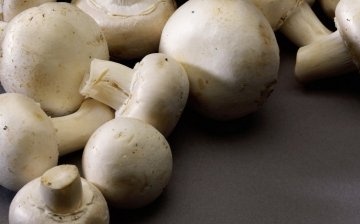
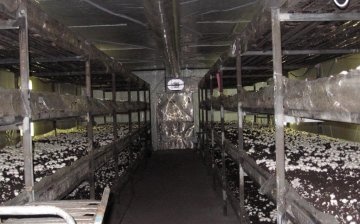
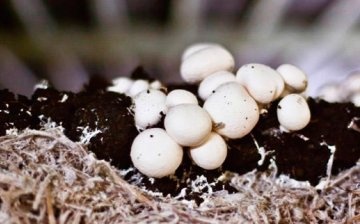
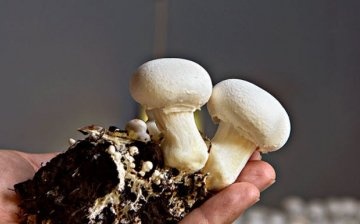
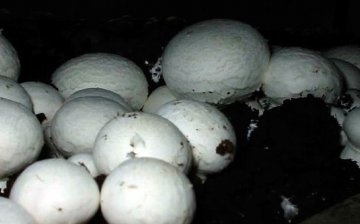
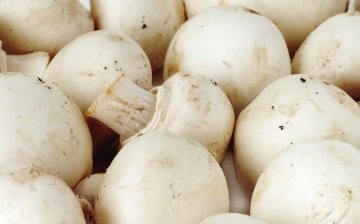






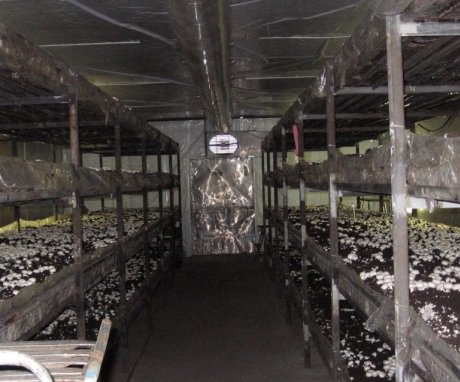
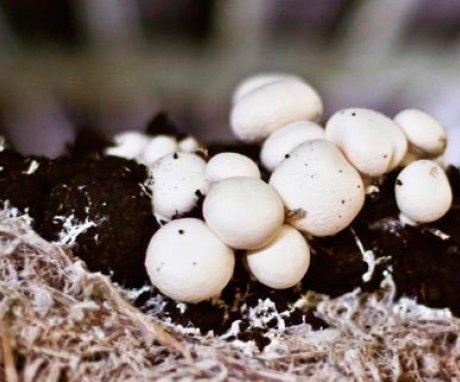
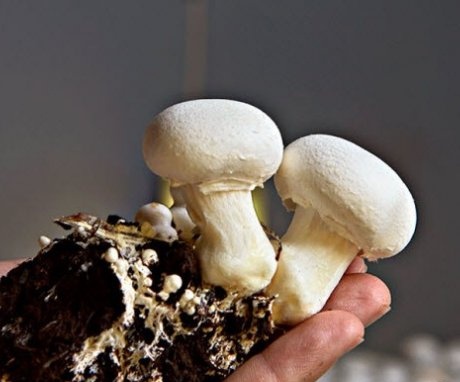
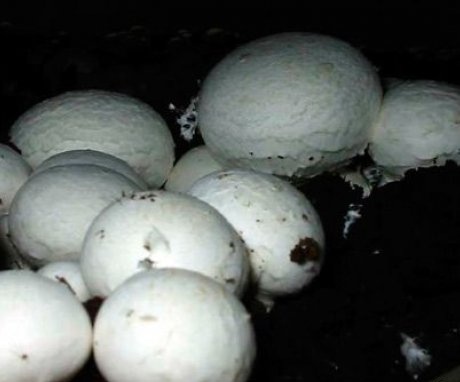
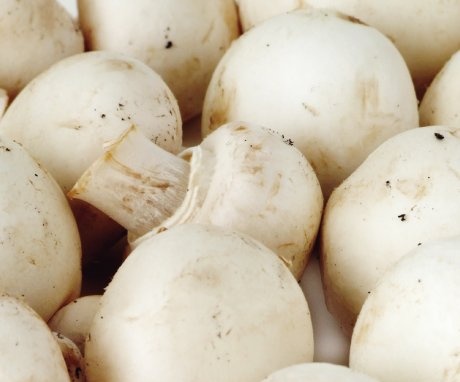
It is quite difficult to grow champignons, because.the basement will need to maintain high humidity and the required temperature. In addition, it will be necessary to make racks in which trays with soil and sown mushrooms will need to be placed; the soil will need to be changed frequently. Oyster mushrooms are much less demanding on growing.
It is better to start growing with "Pleurotus ostreatus", they are unpretentious in care, grow well and trouble-free, special skills are not needed in their cultivation. Champignons will probably be more difficult to grow.